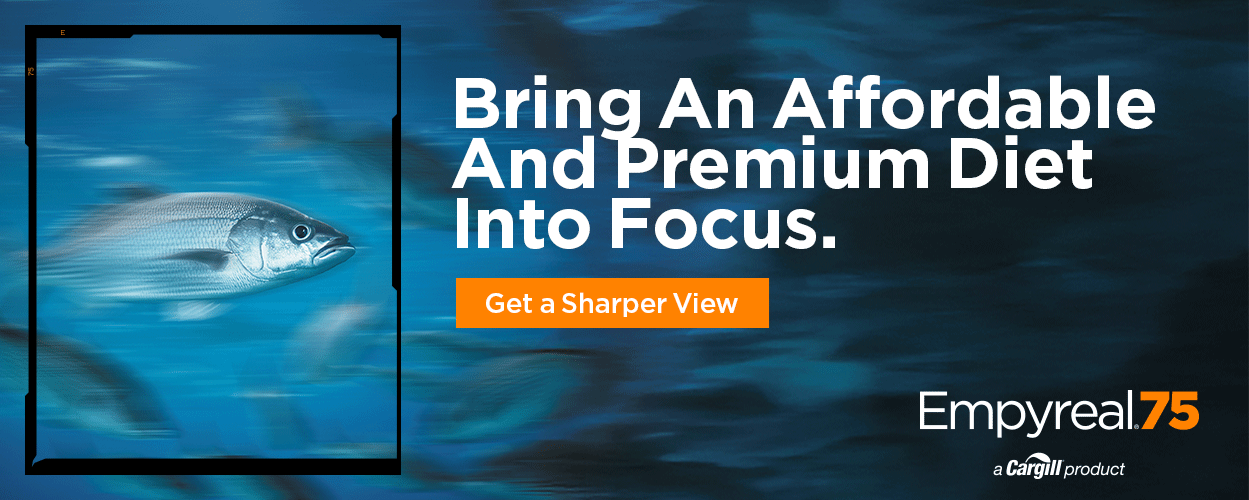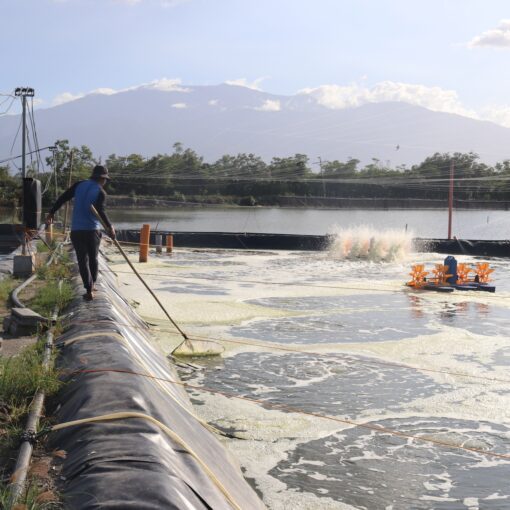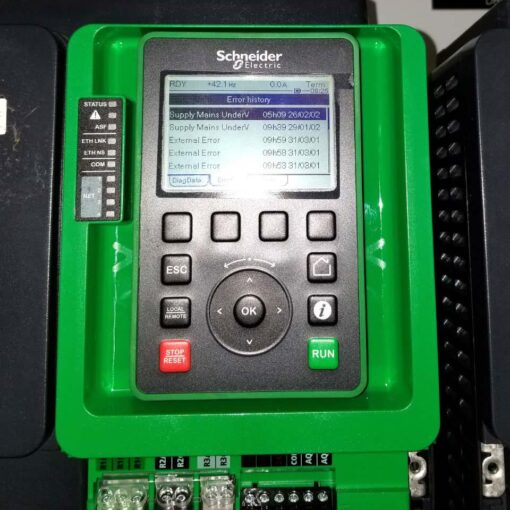By Sonia A. Soto-Rodríguez*, Bruno Gomez-Gil, Rodolfo Lozano-Olvera, Karla G. Aguilar-Rendon, Jean Pierre González-Gómez, Cristobal Chaidez
Shrimp aquaculture faces persistent bacterial challenges, particularly AHPND caused by Vibrio parahaemolyticus harboring pirAB toxin genes. Traditional mitigation approaches offer inconsistent outcomes and raise sustainability concerns. Bacteriophage therapy, utilizing viruses that target and lyse bacterial hosts, presents a promising, eco-friendly alternative to bacterial diseases. This study assesses the effectiveness of a three-phage cocktail during experimental infection in Penaeus vannamei.
Introduction
Shrimp farmers have used various methods to control AHPND in hatcheries and grow-out, such as functional disinfectants, diet ingredients, herbal products, probiotics, and biofloc technology. However, today there are no efficient methods to control this disease. Biological and eco-friendly alternatives could help mitigate the devastating loss in the shrimp industry and avoid or reduce the use of antimicrobial agents, such as phage therapy. Traditional mitigation approaches offer inconsistent outcomes and raise sustainability concerns.
Bacteriophage therapy, utilizing viruses that target and lyse bacterial hosts, presents a promising, eco-friendly alternative to bacterial diseases. However, the emergence of phage resistance and the complexity of marine microbial ecosystems warrant careful evaluation. This study assesses the effectiveness of a threephage cocktail during experimental infection in Penaeus vannamei, evaluating survival, tissue pathology, microbial shifts, and genomic characterization.

Methods
Phage selection
Three lytic phages were selected based on host specificity and genomic safety profiles: vB_Pd_PDCC-1 (Veyrand-Quirós et al., 2020), vB_Vc_SrVc9 (Lomelí-Ortega et al., 2021), and vB_ Vp_PvVp11 (this study). Genome annotation confirmed the absence of virulence and antibiotic resistance genes.
Biological characterization of phages.
The lytic activity and environmental stability of bacteriophages targeting V. parahaemolyticus AHPND were evaluated using killing curves and one-step growth curves. Phage effectiveness and key parameters such as latent period and burst size was also assessed.
Experimental design
Juvenile shrimp (~0.5 g) were distributed into four treatment groups with five replicates:
» Positive control: infected with V. parahaemolyticus M0605 (AHPND).
» Phage therapy: infected + phage cocktail.
» Negative control: non-infected.
» Phage control: phage cocktail without infection.
Phage therapy was administered via immersion 10 minutes before bacterial inoculation.
Survival and histopathology
Mortality was monitored over 72 hours. Hepatopancreas tissues were fixed in Davidson’s solution and stained for histopathological analysis. Lesions were classified to identify the stages of AHPND.
Metagenomic sampling
Water samples were collected at 0, 6, 24, and 48 h post-infection (hpi). Shotgun metagenomics was performed using Illumina sequencing, and taxonomic classification was carried out with Kraken2.
Results and Discussion
A host range analysis showed that the phages could infect several pathogenic Vibrio strains, including six AHPND-causing isolates. Phage Vp11 inhibited the growth of V. parahaemolyticus (Figure 1a).
Environmental stability tests revealed how temperature, salinity exposure affected phage viability. Results showed that the phages exhibited varying degrees of tolerance to stress conditions. Phages with high burst sizes and short latency periods are generally more effective at targeting, infecting, and eliminating specific bacterial species or groups (Abedon et al., 2001). Phage Vp11 is characterized by a good latency period of 25 minutes and a burst size of 41.3 PFU/cell (Figure 1b).

These findings illustrate the potential of these phages to lyse Vibrio species (vibriophages), which are critical opportunistic pathogens.
Survival patterns
Acute mortality was delayed in phage therapy shrimp (first death at 8 hpi vs. 6 hpi in control). A significant reduction in mortality was observed at 12 hpi (Figure 2, p < 0.0001), but cumulative survival at 72 hpi did not differ significantly (González-Gómez et al., 2023). This indicates partial earlystage protection.

Histological progression
Shrimp in both infected groups (positive control and phage therapy) showed pathognomonic AHPND lesions, including tubular sloughing and reduced vacuolation (Aguilar- Rendón et al., 2020) (Figures 3a, b). The phage therapy group progressed through stages faster, suggesting accelerated resolution but also earlier onset of terminal damage. It was evident fewer lesions and a better recovery of the hepatopancreas in shrimps of phage therapy (Figures 3c, d).

Microbial community dynamics
Genomic analyses of phages revealed no virulence factors or tRNAs. Alpha diversity dropped significantly in phage-treated water at 24 hpi (Shannon index, p < 0.006). Principal Component Analysis revealed distinct microbial compositions, with enrichment of V. parahaemolyticus and commensal bacteria like Ruegeria and Erythrobacter (Dong et al., 2023; Ali et al., 2022).
Conclusion
Phage cocktail therapy offers protection against AHPND during critical acute stages of infection. These findings support the potential application of phage therapy as a sustainable alternative to antibiotics in shrimp aquaculture. Integrating phages with toxin inhibitors and quorum sensing disruptors may enhance control strategies. Future efforts should focus on optimizing cocktail composition, resistance monitoring, and microbiome management in shrimp culture systems.
References and sources consulted by the author on the elaboration of this article are available under previous request to our editorial staff.
This is a summarized version of based on the research article titled “PHAGE COCKTAIL AGAINST VIBRIO PARAHAEMOLYTICUS CAUSING ACUTE HEPATOPANCREATIC NECROSIS DISEASE (AHPND) IN PENAEUS VANNAMEI: GENOMIC, BIOLOGICAL, AND PATHOLOGICAL CHARACTERIZATION” by: Sonia Soto-Rodriguez -Centro de Investigación en Alimentación y Desarrollo (CIAD), Mazatlan Unit, E. Quiroz-Guzman- Centro de Investigaciones Biológicas del Noroeste, B. Gomez-Gil -CIAD, Mazatlan Unit, R. Lozano-Olvera -CIAD, Mazatlan Unit, K. Aguilar-Rendon -CIAD, Mazatlan Unit, J.M. Serrano-Hernández -CIAD, Mazatlan Unit, Jean Pierre González-Gómez-CIAD, Culiacan Unit, Cristobal Chaidez-CIAD, Culiacan Unit.
* Sonia A. Soto-Rodríguez, Bruno Gomez-Gil, Rodolfo Lozano-Olvera, Karla G. Aguilar-Rendon, Jean Pierre González-Gómez, Cristobal Chaidez
*ssoto@ciad.mx Centro de Investigación en Alimentación y Desarrollo, A.C. (CIAD), Subsede Mazatlán en Acuicultura y Manejo Ambiental, Av. Sábalo-Cerritos 82112, Mazatlán, México.










